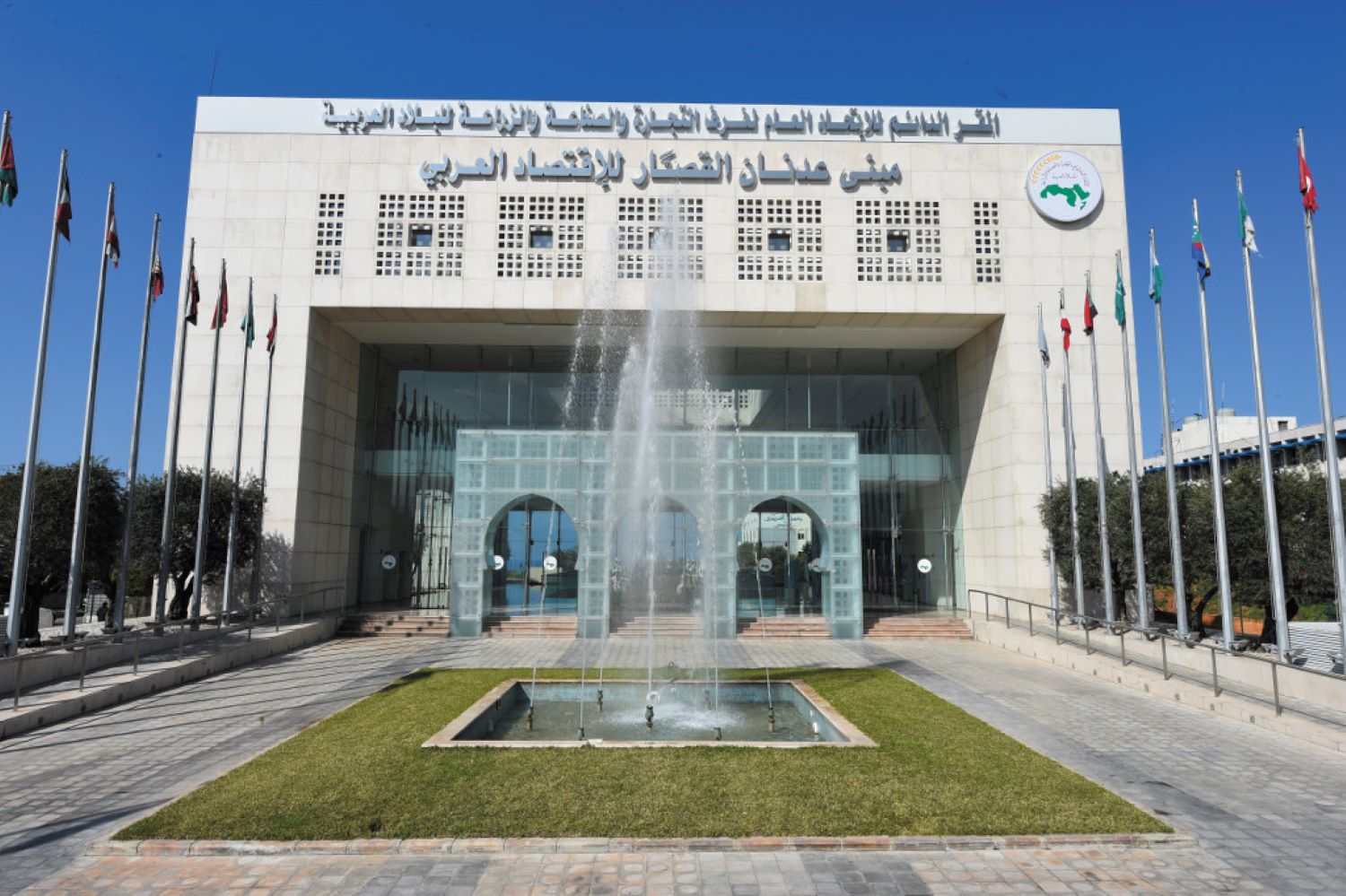BEIRUT, LEBANON – The secretary general of the Union of Arab Chambers has called for diversified business models to facilitate the growing economic ties between Arab countries and China.
In an interview ahead of the sixth China-Arab States Expo, which is scheduled to take place from September 21 to 24 in northwestern China’s Yinchuan city, Khaled Mohamad Hanafy lauded the expanding economic relations between China and Arab countries in recent years.
“We’ve witnessed a significant increase in trade volume between China and Arab nations…but we aim for more,” Hanafy said.
He said there was a “notable” rise in the variety of goods traded between China and the Arab world in recent years, Xinhua reported.
Hanafy said that Chinese businesses not only entered the markets of Arab countries, but also expanded their presence and increased their technological offerings.
Over the past decade, China-Arab states economic and trade cooperation has scaled new heights.
In 2022, the trade volume between China and Arab states topped US$431.4 billion, up from US$222.4 billion in 2012, official statistics show.
Thanks to the Engineering Procurement Construction business model, which allows contractors to have full control of the design, procurement, and construction of the project from inception to completion, Chinese investments in Arab nations have surged in recent years, Hanafy said.
“This model has encouraged many Arab countries to attract investments from Chinese companies in various sectors such as power stations, irrigation systems, infrastructure and more,” he said.
Hanafy said that Arab nations and China cannot simply rely on the traditional pattern of cooperation that places a strong emphasis on products imports and exports despite the growing trade volume. “We need to explore more models of cooperation,” he said.
He used examples of innovative models of cooperation to make his point, such as China setting up economic hubs and industrial clusters in Arab regions to manufacture commodities for sale in the global market.
“This approach allows us to target not only Arab markets but also consumers worldwide. China can leverage the competitive advantages of certain Arab countries, including their low labor costs, skilled workforce, abundant energy resources and strategic geographical locations,” Hanafy said.
He stressed that adopting such cooperation models would be advantageous for both parties, as China could increase its technological influence globally while Arab countries could gain from cutting-edge Chinese technology.
On the China-Arab States Expo, a platform to facilitate exchanges and cooperation, Hanafy said many Arab countries were eager to take part in the event as it offers an opportunity to exchange ideas and create business opportunities for both sides.
He said that he is optimistic about the future of cooperation between China and the Arab world.

